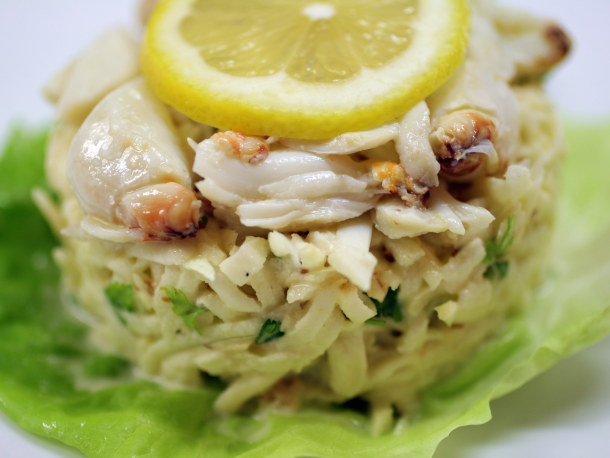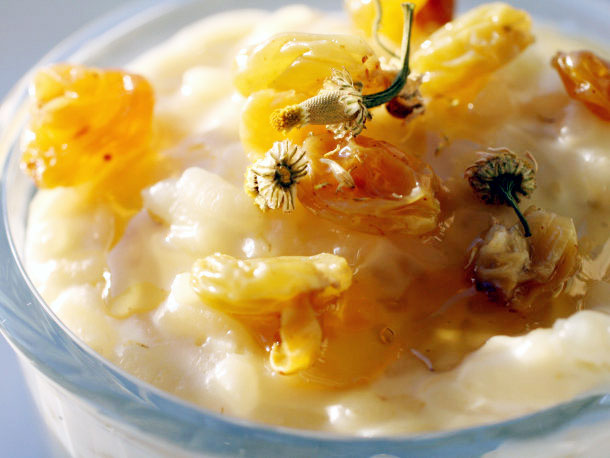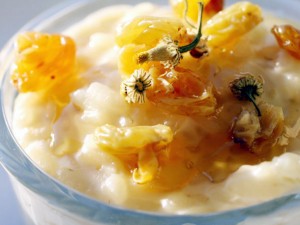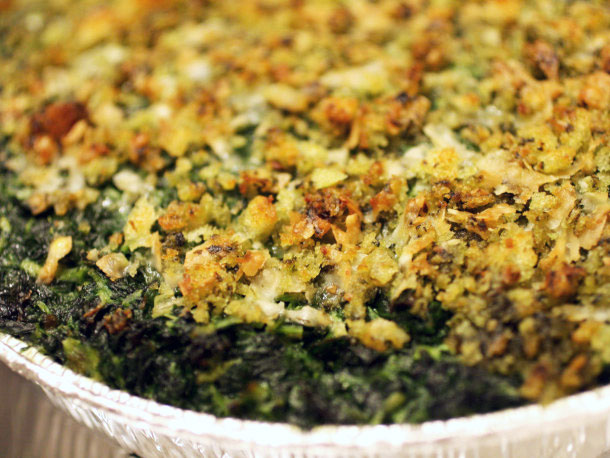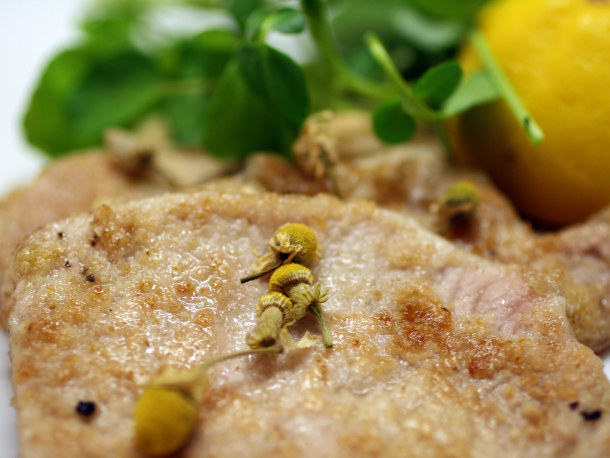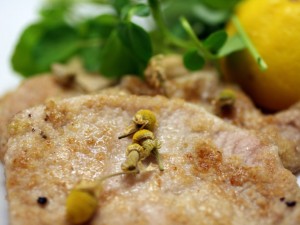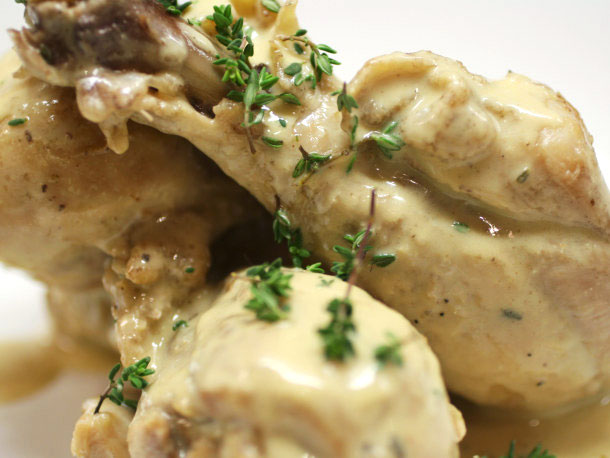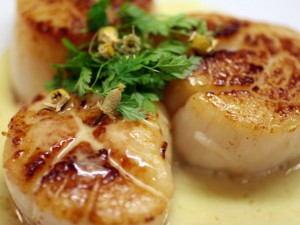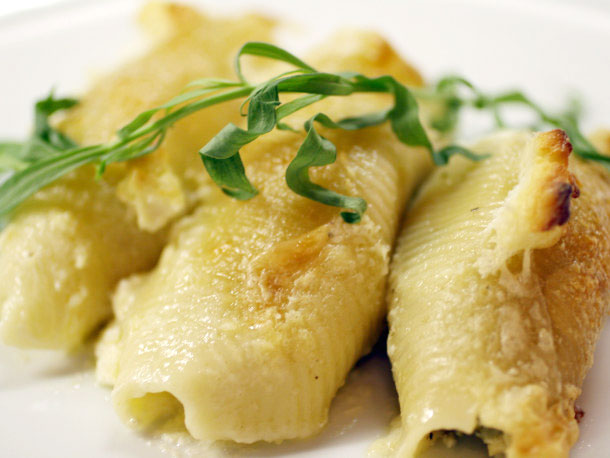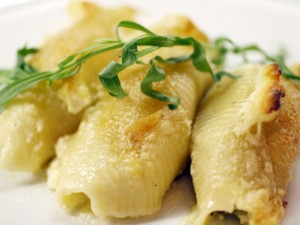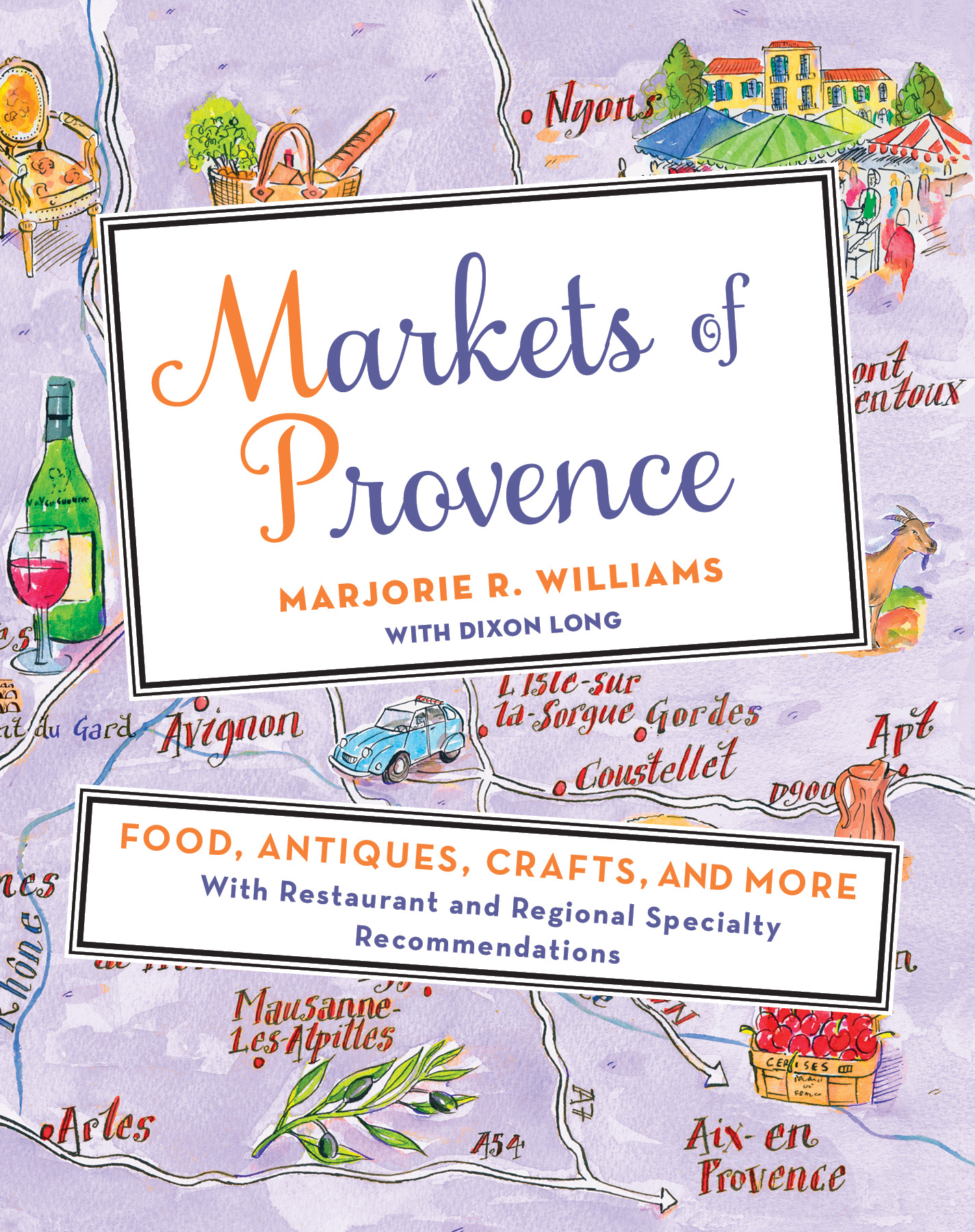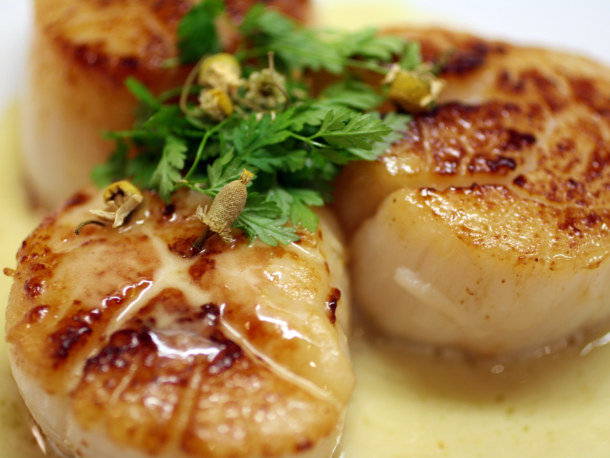
Seared Sea Scallops with Chamomile Beurre Blanc
This month’s secret ingredient—chamomile—is not so secret. I have it in my house every second of every day, and I’d bet you do too. But I began to wonder lately, sipping my late-night cup of chamomile tea, if I had unfairly pigeonholed the dainty dried blossoms into a boring, single-task existence. In business school, we learn that it can be beneficial to a company to shape tasks around an individual’s talents, rather than vice versa, and while chamomile was highly efficient at calming my stomach and my nerves after a stressful day, I wondered what else it could get up to. After all, I had just seen a bunch of them on sale at the florist, little daisy-like buds that recalled summer hillsides, and I couldn’t believe thatthose were chamomile! In my mind, chamomile never existed outside of a tea bag.
Chamomile comes from the Greek meaning “earth-apple,” apparently, according to Wikipedia, because it grows close to the ground and has an apple-like scent. I think such a moniker is unfair—there is nothing in the world that smells or tastes like chamomile. It is delicate, like the flowers I spotted at the florist, but also intensely, almost Victorian-ly virginal and innocent. Not too heady, like some flowers, and certainly not sweet or fruity. It reminds me of primer, a perfect base that grounds everything under and over it, seasonless and timeless and suspended in comfort. (I do, you may have guessed, love the stuff.)
This week I put the whole dried flowers to work in a beurre blanc. Beurre blancs are both velvety and tangy, and I wondered if the chamomile would matte-ify its pervasive acidity. It did, bringing a certain mellowness into a stubborn, old, and tangy sauce. The sweet scallops are the sugar to the chamomile beurre blanc tea, as the sauce pools in ravines of the seared, splintering, cliff-face scallops. It’s fancy, but quite easy, and brings a sort of restaurant tinkering to the home hearth.
Seared Sea Scallops with Chamomile Beurre Blanc
serves 1 to 2
- 1 shallot, chopped
- 1 tablespoon white wine vinegar
- 1/3 cup dry white wine
- 1 tablespoons dried chamomile flowers
- 1 tablespoon cream
- 7 tablespoons unsalted butter, cubed and cold, plus 1 tablespoons
- 4 large sea scallops
Begin with the beurre blanc. In a medium saucepan, place the shallots, vinegar, wine, and chamomile. Bring to a low simmer, and evaporate the liquid until it is just gone, on a low flame, careful not to let it go so long that the pot burns.
Meanwhile, melt the butter in a small skillet over medium heat. Season the scallops on both sides with salt and pepper. Sear each scallop on the first side until it is golden brown and then flip over, about 5 to 6 minutes in total, until the scallop is firm, opaque, and just cooked through.
Once the reduction is “dry,” either keep the flame on very low heat, or take the pan off the heat altogether, using the residual heat from the pan to melt the butter. Whisk in bits of butter a few at a time, whisking continuously, so that as the butter softens, it does not melt, but stays opaque and emulsifies. Strain the sauce.
Plate the scallops on a bed of beurre blanc. Garnish with some fronds of chervil and a few dried chamomile flowers.
print this recipe


